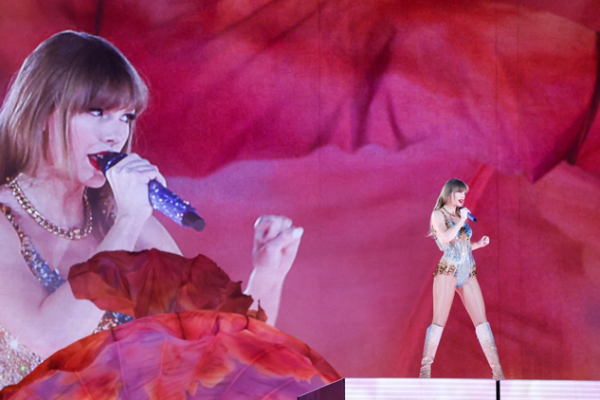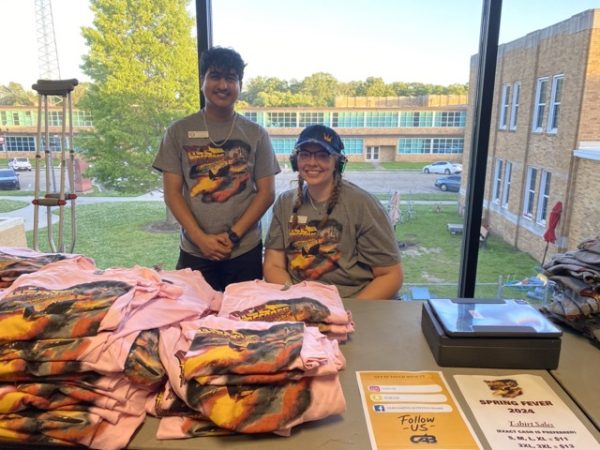Snoopy campaign succeeds in Gen Z market
April 24, 2023
As Jeff Olson said, “Do whatever it takes to get the job done.” The Red Cross appears to have taken this sentiment to heart with its most recent campaign, where participants were awarded a free t-shirt in exchange for donating blood.
This particular shirt went viral for depicting Snoopy wearing shades and leaning against the Red Cross symbol, captioned “Be cool. Give blood.” TikTok users spread the shirt around like wildfire, and lines wrapped around blood centers for the chance to get the coveted shirt. The campaign was a massive success.
In the wake of the shirt, some have been asking if bribing people to be charitable is ethical. These people have clearly never taken a business class. It’s not bribery—it’s good marketing.
Marketing has been the primary tool of trade for centuries, and companies do it because it works. There’s something distinctly symbiotic about it since each party benefits from working together. In this case, Red Cross gets blood, and Gen Z gets a Snoopy shirt. If nobody is losing, then the campaign is just an example of a good marketing strategy.
There has been a crucial blood shortage growing in severity since 2020. In 2022, Red Cross was forced to declare the first-ever “blood crisis” as donations slowly decreased due to the pandemic. The Red Cross needed to convince people to donate blood, and Snoopy was the best solution.
According to the US Blood Supply, this organization is responsible for over 40% of all blood used in hospitals. The shortage inevitably caused an emergency that was felt around the entire nation. While the crisis is far from reversed, the shirt has skyrocketed donations.
Darren Irby, executive director of national brand partnerships at the Red Cross, reported that Red Cross’ organic search has gone up over 600% since the Snoopy shirt was released.
Companies know material things are what makes Gen Z tick. Some dissenters have suggested that bribery is not the way to encourage people to do the right thing, as it might result in temporary solutions. But a temporary solution is simply better than no solution. For three years, begging on the news and appealing to the public with pathos-laden commercials was not enough to persuade people to donate blood.
If one simple shirt is enough to drive the younger generations to charitable decisions, then let there be shirts—and let there be lots of them.









